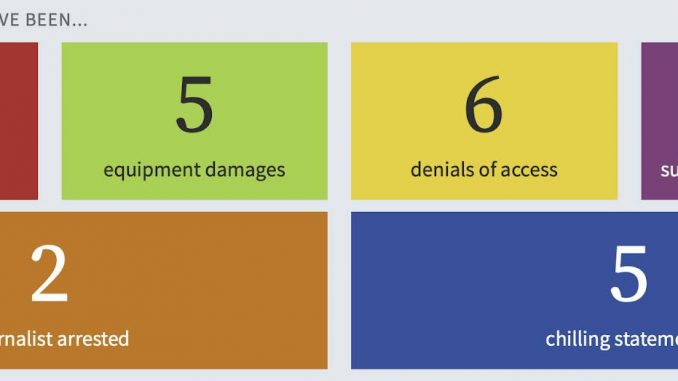
Reporters Without Borders (RSF) has released their 2020 analysis of global freedom of the press and it provides us with interesting insight into which nations have greater freedom of the press and which nations repress press freedom by various means.
Let's start by looking at their methodology. RSF uses both a qualitative and quantitative measure of press freedom as follows:
1.) Qualitative measure – RSF has developed an online questionnaire which is available to journalists in 180 nations and is used to qualitatively measure freedom of the press. There are 87 questions in the questionnaire which is translated into 20 languages. The questionnaire is targeted at media professionals, lawyers and sociologists. Scores are calculated on the bases of the responses of the media experts. Here are two sample pages from the 2016 questionnaire:
2.) Quantitative measure – RSF has a team of specialists that are assigned to various geographical regions. These specialists along with reports from a network of correspondents in 130 nations keep a detailed record of abuses and violence against journalists and media outlets. The Abuses indicator for each nation is calculated on the basis of the data about the intensity of abuses and violence against media actors.
The quantitative indicator is then used to weight the qualitative analysis of the situation in each nation in the study.
Criteria include the following with each indicator given a score of between 0 and 100:
1.) Pluralism – the degree to which opinions are represented in the media.
2.) Media Independence – does the media function independently of political, governmental, business and religious powers?
3.) Environment and Self-Censorship – analyses the environment in which news operators operate.
4.) Legislative Framework – measures the impact of the legislative framework governing news activity.
5.) Transparency – measures the transparency of the institutions and procedures that affect the production of news and information.
6.) Infrastructure – measures the quality of the infrastructure the supports the production of news.
7.) Abuses – measures the use of abuses and violence against media players.
Total scores range from 0 to 100 with 0 being the best core and 100 the worst score.
Here is a map showing the scores for each of the 180 nations in the report with the following legend:
Here is a list showing the top scoring nations (most press freedom):
Here is a list showing the lowest scoring nations (least press freedom):
You might be surprised to note that the United States does not appear in the list of the nations with the freest press. In fact, the United States comes in 45th place with a score of 23.85, below many nations in the developing world. This is somewhat better than 2019 when the United States had a score of 25.69. Here is a table showing the United States ranking since 2013:
Here is what RSF has to say about freedom of the press in the United States:
"Press freedom in the United States continued to suffer during President Donald Trump’s third year in office. Arrests, physical assaults, public denigration and the harassment of journalists continued in 2019, though the numbers of journalists arrested and assaulted were slightly lower than the year prior. Much of that ire has come from President Trump and his associates in the federal government, who have demonstrated the United States is no longer a champion of press freedom at home or abroad. This dangerous anti-press sentiment has trickled down to local governments, institutions and the American public. In March 2019, a leaked document revealed the US government was using a secret database tracking journalists, activists and others who border authorities believed should be stopped for questioning when crossing certain checkpoints along the US-Mexico border. A couple months later, the Justice Department charged Wikileaks co-founder Julian Assange with 17 counts of the WWI-era Espionage Act. If he is convicted, this would set a dangerous precedent for journalists who publish classified US government information of public interest moving forward. Under President Trump, the White House has strategically replaced traditional forms of press access with those that limit the ability of journalists to ask questions of the administration. The last daily, televised White House press briefing led by a press secretary took place in March 2019, and since then the federal government has made multiple attempts to deny specific journalists and news outlets access to other opportunities for press engagement."
Ironically, this resolution recently appeared in the Senate:
You will note that the Senate is highly critical of nations like Cuba, China and Russia while praising America's efforts to make freedom of the press a priority forf the United States.
Let's close with this. Just in case you thought that the freedom of the press situation in the United States could improve during 2020, here is a graphic showing incidents involving the American press so far in 2020:
Here is a sampling of the "Chilling Statements" for 2020:
Freedom of the press is the basis for democratic societies and is essential to protecting our rights as citizens. When governments use their powers to censor and silence the media, particularly when they are being criticized, voters no longer have the ability to make informed decisions, a situation which further propagates the myth of a free press.
Click HERE to read more from this author.
You can publish this article on your website as long as you provide a link back to this page.

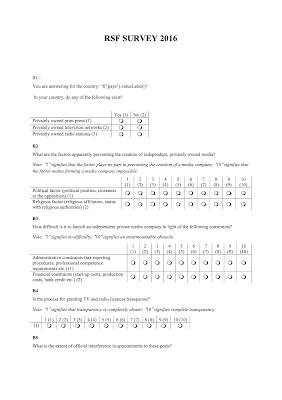
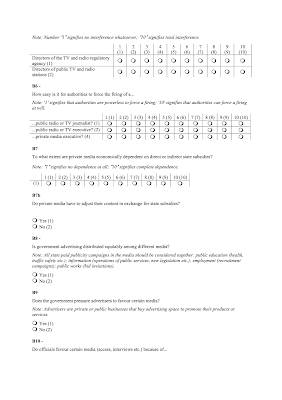
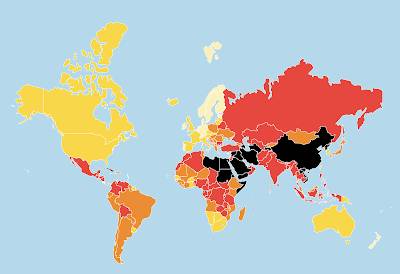




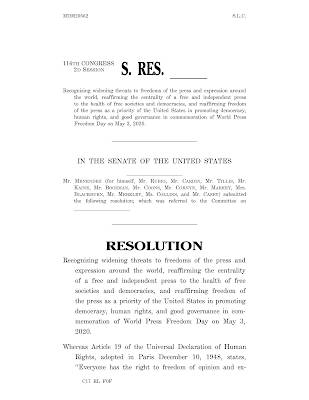
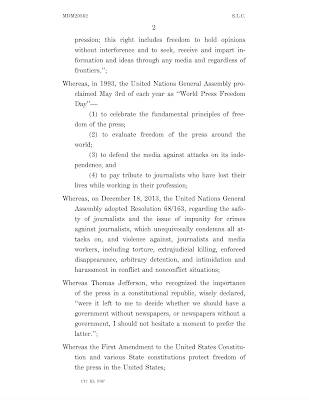
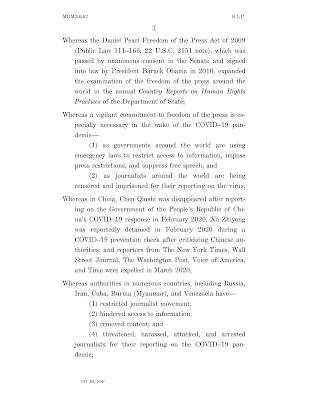
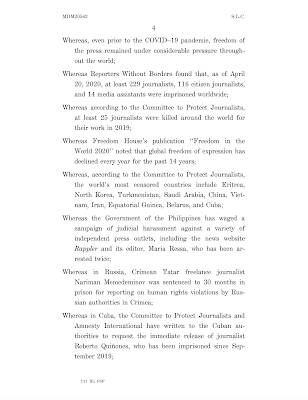

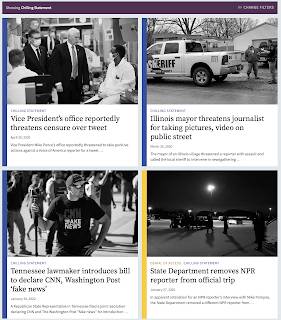
Be the first to comment